Best guess based on a Gargoyling skim consensus seems to be that
Lifetime is probably finite but largish.
Years to 10+ years of continuous operation in a non lethal environment seems very likely.
Modern tubes (since about 1950~) tend to be halogen quenched.
- Particle impacts cause destruction of quench targets BUT halogen recombines subsequently leading to semi-infinite life
Many references refer to "extended" life rather than infinite. Some older one say infinite.
Older organic quenched tubes had a lifetime of about 10^8 events. So you could expect a "longer life tube to have say 10^10+ events life.
1 year = 8765 hours =~~ 3 x 10^7 seconds. So:
- 1 year life at 10^10 events ~= 300+ events / second average.
- = 10 years at 30+ events/second.
A Gargoyle search using
- geiger muller halogen quenched lifetime
produces results that look useful.
This is a 1957! paper that discusses the early days of Halogen quenched tubes. It thus tends to less gloss over things that may be taken for granted nowadays - and also he doesn't know things that nave been learned in the last 55 years :-). Useful and interesting though.
Firing cahatcteristics of halogen quenched Geiger muller tubes
1999 lab notes - but useful
Wow! 1972 Airforce Institute of Technology :-)
... investigation into ... short lifetime ...
No doubt pople havce long since come to grips with the problems described, but they give insight - lead solder reaction with Bromine and general Bromine attack causing depletion of the halogen quench gas.
Book Extract pages 103-104 especiall but generally fascinating
1960's halogen quenched tube:
Only passing relevance, but interest guaranteed :-)

Passing relevance. Page 53. BY James Van Allen :-) :-) :-) :-) !!!

From 1999 lab notes mentioned above - pages one & two



